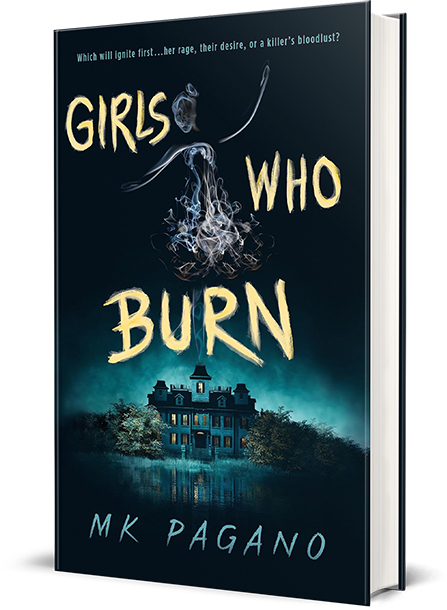Learning From the Masters: World-Building

Time for another post on how to world build when writing a fantasy novel! (First post available here)
The example I’m using is very similar to the one I used last week–another YA dystopia, in fact–but this book does it so well I had to include it:
There is one mirror in my house. It is behind a sliding panel in the hallway upstairs. Our faction allows me to stand in front of it on the second day of every third month, the day my mother cuts my hair.
I sit on the stool and my mother stands behind me with the scissors, trimming. The strands fall on the floor in a dull, blond ring.
When she finishes, she pulls my hair away from my face and twists it into a knot. I note how calm she looks and how focused she is. She is well-practiced in the art of losing herself. I can’t say the same of myself…
“So today is the day,” she says.
“Yes,” I reply.
“Are you nervous?”
I stare into my own eyes for a moment. Today is the day of the aptitude test that will show me which of the five factions I belong in. And tomorrow, at the Choosing Ceremony, I will decide on a faction; I will decide the rest of my life. I will decide to stay with my family or abandon them.
“No,” I say. “The tests don’t have to change our choices.”
“Right.” She smiles. “Let’s go eat breakfast.”
Why does this work?
Because it’s info-sprinkling. Instead of opening with, “There once lived a girl named Tris who belonged in a society with five factions,” the story opens in the middle of a scene–Tris’s mom cutting her hair–where information on what’s going on and the kind of society they live in is sprinkled throughout, both in their conversation and in short summary. You know what else is sprinkled throughout? Character-building and also tension. (The Choosing Ceremony! Sounds ominous!) In this way you can see how good writing accomplishes several things at once.
Side note: someone asked me if I was going to be including Harry Potter in once of these examples. I haven’t yet, mostly because I was searching for examples on how to world build when everyone in the story is already a part of the world. (Because that’s the kind of story I’m writing, and I’m nothing if not self-serving with these Learning from the Masters posts :))
My point is, it is much much harder to world-build when you don’t use the “character new to this world enters it” opening. In the first Harry Potter book, Harry starts off knowing nothing about the wizarding world, so he becomes a conduit for the reader–everything is explained to/experienced by him and us at the same time. Same with Clary and the Shadowhunter world in The Mortal Instruments, same with Bella meeting Edward in Twilight. Etcetera. It’s a much easier way to get your world-building information in. (Not that I’m saying that any part of writing a novel is easy. It’s not.)
Photo by Artem Sapegin on Unsplash


[…] one of the reasons I’ve been studying how the masters world-build–but I need to do more than that. I need to read more YA fantasy. I need to know what’s […]
I loved the example that you used to show us a glimpse into another world rather than just telling us about it.